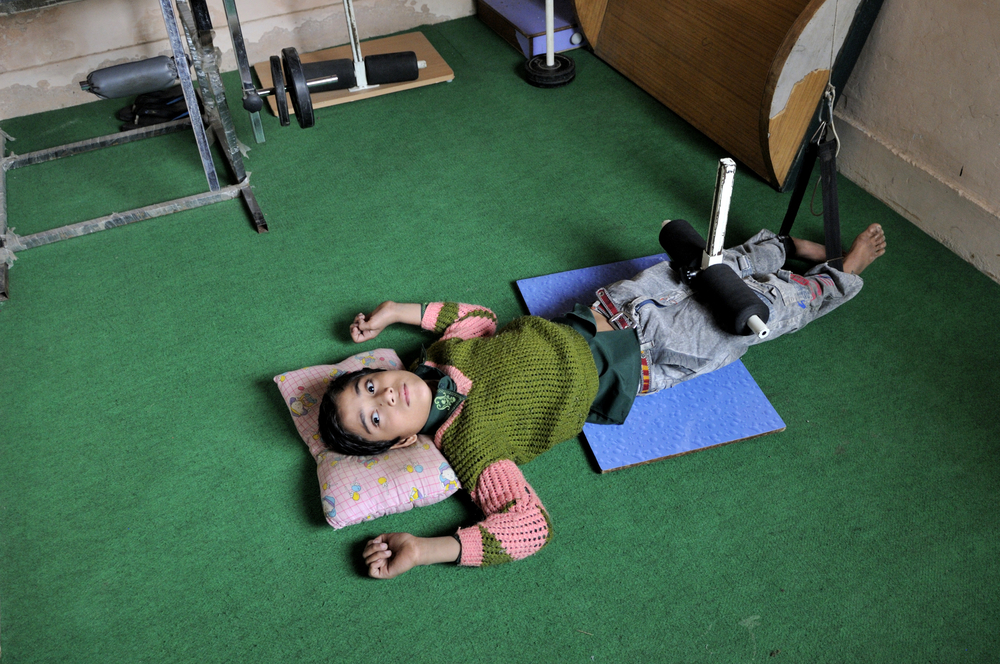Maternal health plays a crucial role in the outcome of a pregnancy. Various health conditions in the mother can significantly increase the risk of intrauterine fetal demise (IUFD). Understanding these conditions can help in early detection and management to prevent such tragic outcomes.
Placental and Umbilical Cord Issues
Placental and umbilical cord issues are significant contributors to intrauterine fetal demise (IUFD). These complications can disrupt the vital connection between the mother and the fetus, leading to severe consequences.
Placental Abruption
Placental abruption occurs when the placenta separates from the inner wall of the uterus before birth. This condition can cause severe bleeding and deprive the fetus of oxygen and nutrients. Placental abruption is a critical emergency that requires immediate medical attention.
Placental Insufficiency
Placental insufficiency happens when the placenta cannot deliver enough oxygen and nutrients to the fetus. This condition can lead to fetal growth restriction and, in severe cases, fetal death. Regular monitoring and early detection are crucial for managing this condition.
Umbilical Cord Accidents
Umbilical cord accidents include issues like cord prolapse, where the cord slips into the birth canal ahead of the baby, and cord knots that can restrict blood flow. These accidents can occur suddenly and are often unpredictable, making them a challenging cause of IUFD.
Placenta Previa
Placenta previa is a condition where the placenta covers the cervix, either partially or completely. This can cause severe bleeding during pregnancy and delivery, posing a risk to both the mother and the fetus. Placenta previa requires careful management and often necessitates a cesarean delivery to ensure the safety of both mother and child.
Fetal Factors
Causes of intrauterine fetal demise (IUFD) can be attributed to several fetal factors. These factors are crucial in understanding the underlying causes of fetal death and can help in developing preventive measures.
Congenital Anomalies
Congenital anomalies are structural or functional abnormalities that occur during fetal development. These anomalies can be detected through prenatal screening and may significantly contribute to IUFD. Common congenital anomalies include heart defects, neural tube defects, and chromosomal abnormalities.
Infections
Fetal infections can lead to severe complications and are a notable cause of IUFD. Infections such as viral infection and bacterial infections can cross the placenta and affect the developing fetus. Early detection and treatment of infections during pregnancy are essential to prevent fetal demise.
Genetic Disorders
Genetic disorders are inherited conditions that can affect the fetus’s development and viability. These disorders can be identified through genetic testing and counseling. Examples of genetic disorders include Down syndrome, cystic fibrosis, and other genetic abnormalities.
Nonimmune Hydrops Fetalis
Nonimmune hydrops fetalis is a severe condition characterized by an abnormal accumulation of fluid in at least two fetal compartments. This condition can result from various underlying causes, including heart failure, severe anemia, and infections. Nonimmune hydrops fetalis is a critical factor in IUFD and requires immediate medical attention.
Socio-Demographic Factors
Maternal Age
The age of the mother plays a significant role in the risk of intrauterine fetal demise (IUFD). Women who are either very young or older than 35 years have a higher risk. Studies have shown that women aged over 40 years are particularly at risk. This is due to various factors, including the increased likelihood of chronic health conditions and complications during pregnancy.
Socioeconomic Status
Socioeconomic status is another critical factor. Families with lower income levels often have limited access to quality healthcare, which can lead to inadequate prenatal care. This lack of care can result in undiagnosed or untreated health issues that may contribute to IUFD. Socioeconomic disparities are a significant concern and highlight the need for more accessible healthcare services.
Access to Prenatal Care
Regular prenatal care is essential for monitoring the health of both the mother and the fetus. Unfortunately, not all women have equal access to these services. Those who miss regular check-ups are at a higher risk of complications that could lead to IUFD. Inadequate antenatal care is a common issue that needs to be addressed to reduce the risk of fetal demise.
Lifestyle Factors
Lifestyle choices can also impact the risk of IUFD. Smoking, alcohol consumption, and drug use during pregnancy are known to increase the risk. Additionally, poor nutrition and lack of physical activity can contribute to complications. Lifestyle factors are often modifiable, making education and awareness crucial in preventing IUFD.
Unexplained Causes
Statistical Prevalence
In many cases, the cause of intrauterine fetal demise (IUFD) remains unknown. Studies show that up to 60% of stillbirths have no identifiable cause. This lack of explanation is a significant challenge for healthcare providers and families alike. The prevalence of unexplained stillbirths varies globally, ranging from 25% to 60% of all cases.
Challenges in Diagnosis
Determining the cause of fetal death is often difficult due to limited information or the inability to identify the cause with current diagnostic methods. Even with extensive evaluation, many cases remain unresolved. This can be frustrating for both medical professionals and grieving families. Fetal autopsy and placental pathology are recommended to gather more information, but they do not always provide clear answers.
Potential Unknown Factors
There may be unknown factors contributing to unexplained stillbirths. These could include genetic issues, environmental factors, or other conditions that are not yet understood. Ongoing research aims to uncover these hidden causes to improve prevention and care for affected families.
Preventive Measures and Early Detection
Regular Antenatal Care
Regular antenatal care is crucial for monitoring the health of both the mother and the baby. Your doctor can perform a nonstress test to check for a fetal heartbeat. This helps in identifying any potential issues early on. Regular visits allow healthcare providers to track the baby’s growth and the mother’s health, ensuring any complications are addressed promptly.
Screening for High-Risk Conditions
Screening for high-risk conditions such as diabetes, hypertension, and infections can significantly reduce the risk of intrauterine fetal demise (IUFD). Tests like TORCH titers and glucose tolerance tests help in early detection and management of these conditions. Early intervention can prevent complications that might lead to fetal demise.
Education and Awareness
Educating expectant mothers about the importance of regular check-ups, proper nutrition, and recognizing warning signs is vital. Awareness programs can help mothers understand the risks and take necessary precautions. Health education to patients and the community about warning signs during the antenatal period can prevent many cases of IUFD.
Emergency Interventions
In cases where complications arise suddenly, emergency interventions can be life-saving. Quick access to medical care and the ability to perform emergency procedures, such as a cesarean section, can make a significant difference. Early detection measures like monitoring fetal movements can also alert healthcare providers to potential problems, allowing for timely intervention.

